In a world of relentless change, organizations that thrive aren’t just good at executing; they are good at learning. At revlogic, where we partner with technology platforms and design immersive learning experiences, we know that training alone isn’t enough. What makes the real difference is creating a culture where continuous learning is embedded in how people work, share, grow and adapt.
Why a continuous-learning culture matters
Before diving into “how,” it’s worth revisiting the “why.” Research underscores that a learning culture does much more than check a training-box:
- It enhances adaptability. In the current environment of hybrid work, rapid tech advances and shifting roles, organizations with a learning culture can pivot more readily.
- It drives innovation and creativity. When people feel safe to learn, experiment, share and reflect, new ideas emerge.
- It boosts engagement and retention. Employees increasingly expect growth, meaning, and skill development; offering that helps keep talent.
- It aligns learning with strategic business goals. Instead of training being a follow-on, continuous learning becomes part of how work gets done and how value gets created.
When learning is part of the organizational fabric, it becomes a competitive advantage.
What it looks like in practice
What does a strong continuous-learning culture look like? Here are some hallmarks:
- Learning isn’t treated as an isolated event (one-and-done workshop) but part of the rhythm of work. Think of a monthly day dedicated to learning across the business or department.
- Knowledge is shared, not siloed. Informal networks, communities of practice, peer exchanges happen.
- Leaders model and support learning – not just talk about it. Their actions signal that learning has real value.
- There are systems, tools and behaviors that support it (micro-learning, stretch assignments, blended learning, learning time built-in).
- A safe psychological environment exists: people are encouraged to ask questions, share mistakes, reflect and iterate.
How to enable a strong learning culture
True enablement experts partner with leaders across the business, stay up-to-date with technology tools, design courseware and learning programs, there is an opportunity to help organizations strengthen learning culture rather than just launch a training program. Here’s how to bring this to life:
1. Leaders must walk the talk
- Senior leaders need to be visibly engaged in learning: perhaps they mention a new article they read, attend a short micro-learning segment, host a “what I learned” share-out.
- Communication matters: a leader might kick off a team meeting by saying: “Here’s something I learned this week and how it changed how I think about X.” That modeling communicates that learning matters.
- Build rituals: e.g., a monthly “Learning Share” where a leader invites someone on the team (or themselves) to facilitate a 15-minute reflection on a podcast, blog, or new tool.
- Calibration: ensure that performance conversations include “what did you learn this month?” not just “what did you deliver?”
2. Embed recurring, low-friction peer-learning rituals
Host a monthly chat around a podcast episode, blog post, or other piece of content. A few ways you can bring this to life are:
- Learning Circle: A regular 30-minute slot where 5-8 people (mix of senior + junior) choose a relevant piece (external article, internal case-study, short video) ahead of time, then convene virtually and discuss: What surprised us? What will we try differently?
- Micro-learning Lunch & Learns: Provide a 10-minute quick segment (could even be leader-led) then a 15-minute group discussion. Keep it informal, continuous. It can be as simple as productivity hacks - how I manage my calendar, notes, or communication.
- Learning Day / Stretch Assignments: Once a quarter, each person picks a small stretch project – maybe cross-team shadowing, attending an industry webinar and then share back with the team what they learned.
- Reverse Mentoring / Buddy Systems: Junior members teach something new to senior members of a team (e.g., a tech tool, new method, AI in their daily workflow). This flips the dynamic, empowers learner/teacher roles and reinforces that everyone has knowledge to share.
3. Make learning accessible, varied and connected to work
- Leverage a learning technology to deliver just-in-time, easily digestible content. At revlogic, we frequently use RevSpace and value its reporting and analytics for learner accountability and enablement effectiveness.
- Blend formal & informal: e-learning, peer sessions, on-the-job tasks, coaching, communities of practice. Mix it up and keep people engaged!
- Tie learning to real work: Assign stretch tasks, enable cross-functional moves, create time/space for reflection. So much of learning happens in context.
- Leverage knowledge-sharing platforms: internal blogs, Slack threads, “what I learned” forums for asynchronous sharing. Encourage people to publish short reflections, share successes/failures, build the muscle of reflection and sharing.
4. Reinforce, recognize and reward learning behavior
- Recognition doesn’t have to be lavish: a shout-out in a team call for “best share out”, spotlight in a newsletter for someone who applied a new technique and what happened. Research shows recognition makes a difference. Although to create true psychological safety, check in with the performer to ensure that public recognition motivates them.
- Link learning to career progression: Encourage employees to define a “what I’ll learn this quarter” goal and revisit it in one-on-one discussions.
- Build metrics and feedback loops: what % of the team have done the micro-modules? What behaviors changed? What business outcomes improved? Using data helps build momentum.
Where the learning enablement value really comes in
Designing learning experiences is not just about content, it’s about context, connection, and culture. When pairing this expertise with tools in a modernized tech stack, you can:
- Create micro-learning journeys, embed them in workflows, track completion and behavioral change.
- Enable peer-learning frameworks: integrated discussion boards, scheduling tools for circles, analytics on participation.
- Help align the learning strategy with business objectives: designing learning paths that tie into strategic capabilities, anchoring the culture of continuous learning.
Final thoughts
Building a continuous learning culture isn’t glamorous or a quick-fix — it’s a long-term investment in how people work, think and grow together. It’s about shifting from “we deliver training” to “we embed learning.” It’s about leaders who model that learning matters, teams who share and reflect openly, systems that enable frequent, small, meaningful learning moments, and recognition that reinforces the behavior.
At revlogic, as we partner with technology vendors and design immersive experiences, we believe the future belongs to those organizations that don’t just keep up — they keep learning. If you’re ready to evolve your culture from one-and-done training to a sustainable, dynamic learning ecosystem, drop me a note. I’d love to chat.




.svg)



.svg)


















.svg)
.svg)
.svg)
.svg)